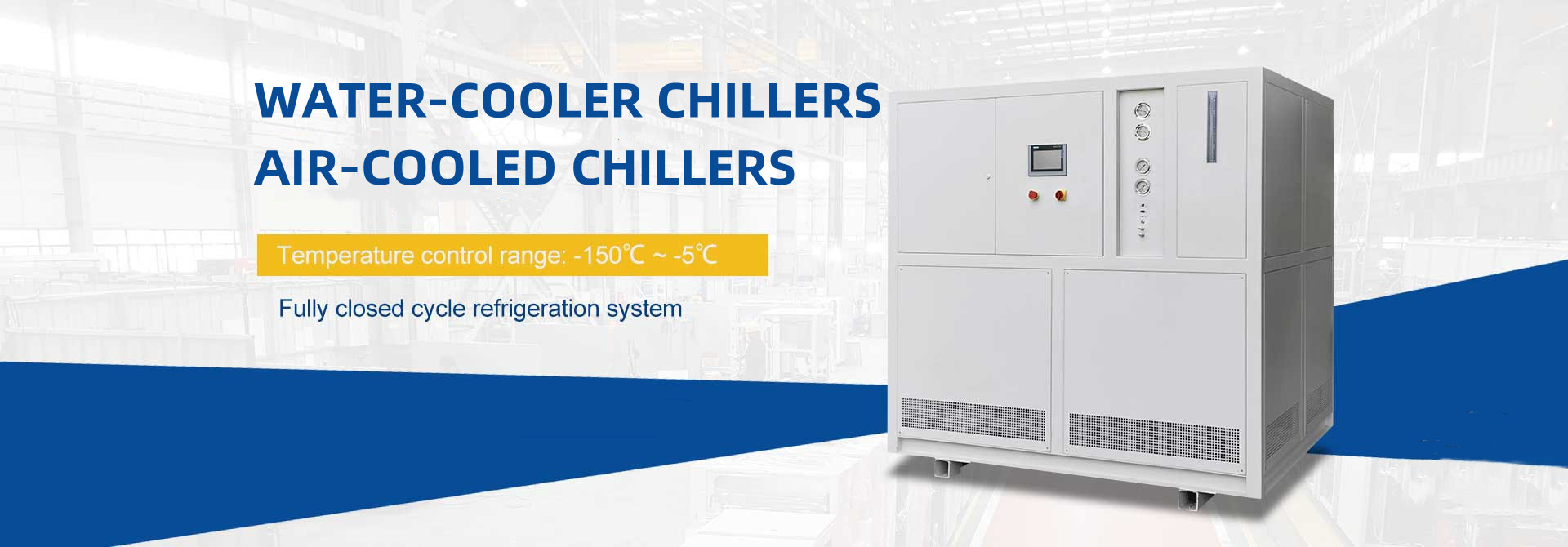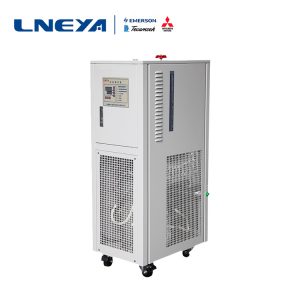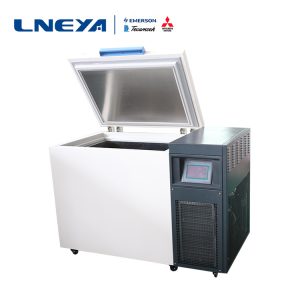Mal-entendidos na utilização do sistema de controlo da temperatura da bomba de vácuo
When using the vacuum pump temperature control system, only the correct operation method can ensure the normal and stable operation of the equipment. If there are many wrong operation behaviors, it will directly affect the normal use of the equipment, and even affect the cooling performance.

1. When starting up, adjust the pressure drop of the inlet and outlet water higher than the operating parameters. When the pressure drop is too high, open the inlet and outlet valves of the evaporator of another non-operation unit. Reduce pressure drop by draining excess water from another unit evaporator. This mode of operation is artificially increasing the running current of the cold water pump, wasting power resources.
2. When starting up, the inlet and outlet valves on the evaporator of the chiller that are not turned on are not closed first, which causes a part of the cold water to flow away from the evaporator of the chiller that is not turned on, which affects the cooling effect of the chiller in the working state.
3. In the process of operation, it is necessary to carefully study the specific steps of opening and closing the equipment, and use the correct operation method to start the heating and cooling temperature control system according to the actual use environment, so as to avoid equipment failure.
4. Every time you need to use it, you need to follow the steps in the instruction manual. If there is a different operation method than the requirement, it needs to be corrected in time, so as not to affect the normal operation of the equipment, and it is not conducive to the long-term use of the vacuum pump temperature control system by the enterprise.
Therefore, when using it, you need to learn the correct operation method. If the enterprise can complete the entire operation process of the vacuum pump temperature control system according to the operating instructions, even without any maintenance and maintenance, the service life of the equipment can also be guaranteed. Then the more failures occur, the higher the cost of use, which is not conducive to the long-term completion of production tasks for enterprises.
In terms of industrial process temperature control, no matter which temperature control system/equipment you use, they are actually chillers. The difference is that water is used as the cooling cycle or oil is used as the medium. temperature unit. Need help find our LNEYA temperature control solution department at sales@lneya.com.
Recomendações relacionadas
-
Descrição do princípio de funcionamento da câmara de ensaio de impacto a alta e baixa temperatura
1052Spot high and low temperature impact test chamber, also known as three-box high and low temperature impact test chamber, high and low temperature impact test chamber is mainly composed of low temperature storage chamber, high temperature storage c...
Ver pormenores -
Como lidar com o problema de arrefecimento dos grandes compressores de congelação rápida?
1366Existem muitos tipos de compressores em congeladores rápidos de grande escala, e as marcas e modelos de compressores são diferentes de acordo com os diferentes modelos. Uma vez que a temperatura do compressor é demasiado elevada, pode causar algumas falhas, pelo que o arrefecimento é também uma...
Ver pormenores -
Qual a importância do isolamento do chiller?
1278Resposta: Para o chiller, se for operado a alta temperatura, uma grande quantidade de ar frio no chiller industrial pode ser severamente perdida. Após o efeito de vedação do ambiente de utilização, através de uma preservação atempada e eficaz do calor, a operação pode ser...
Ver pormenores -
Descrição ambiental do condensador de um grande congelador industrial
1090No processamento industrial de frio, os grandes congeladores industriais são um dos equipamentos mais utilizados. Entre eles, o condensador é um dos principais componentes, e seu desempenho é muito importante. Por isso, na hora de escolher, todos precisam entender o que é o condensador...
Ver pormenores
 LNEYA Refrigeradores industriais Fabricante Fornecedor
LNEYA Refrigeradores industriais Fabricante Fornecedor














